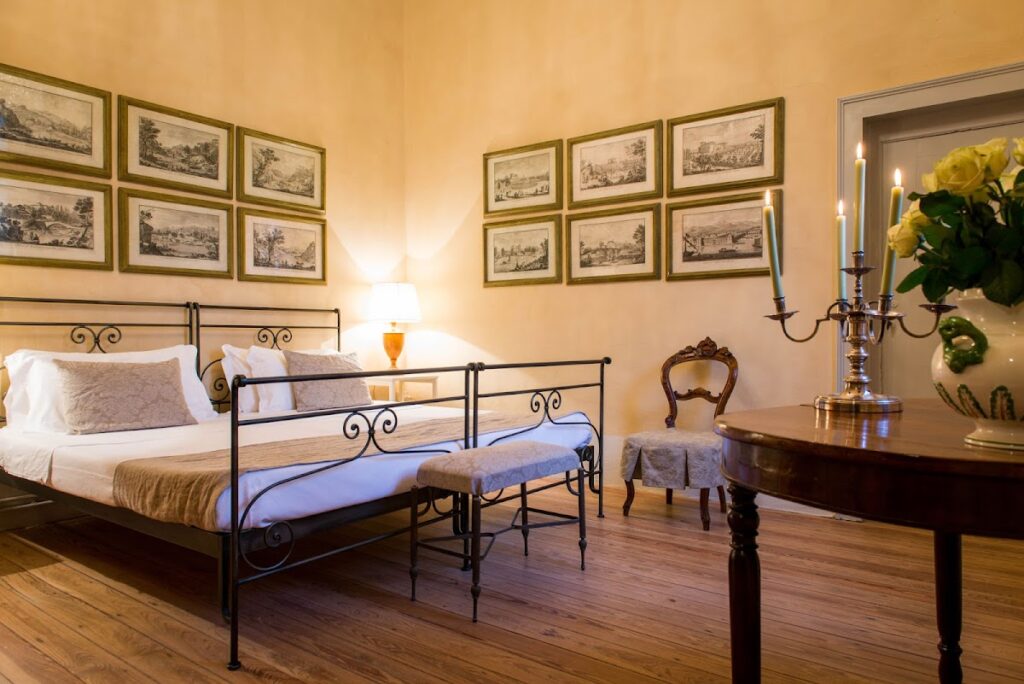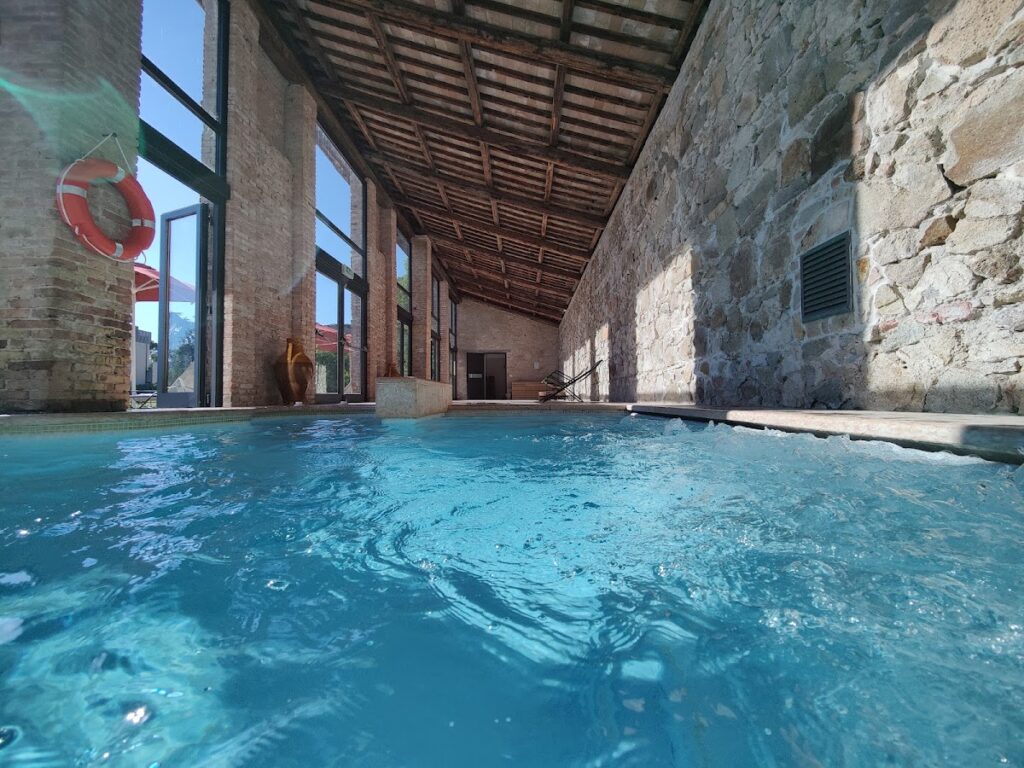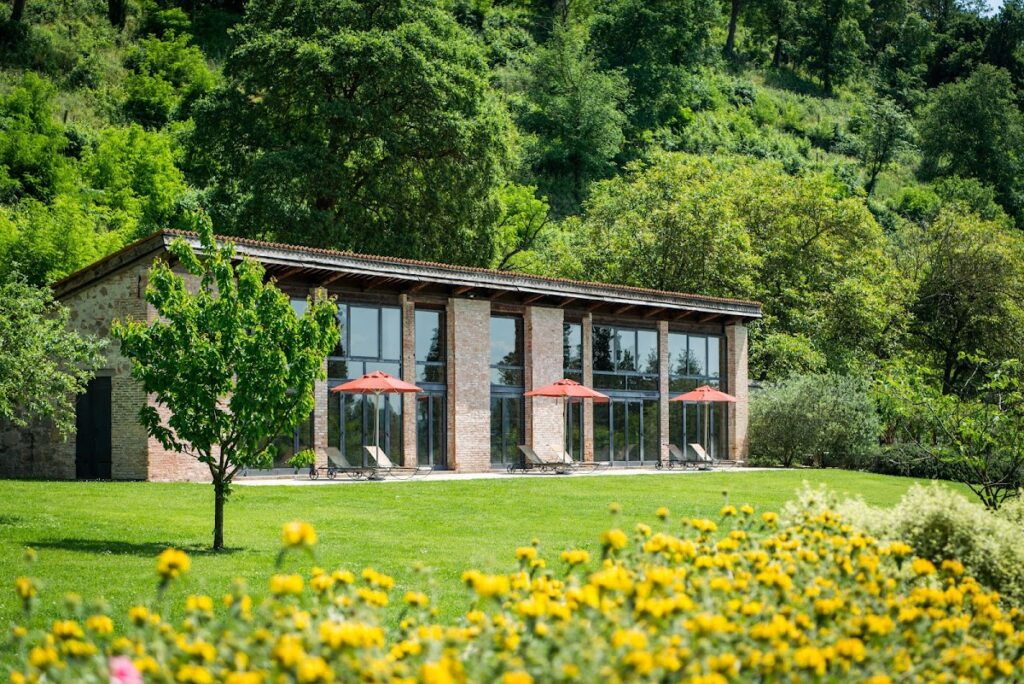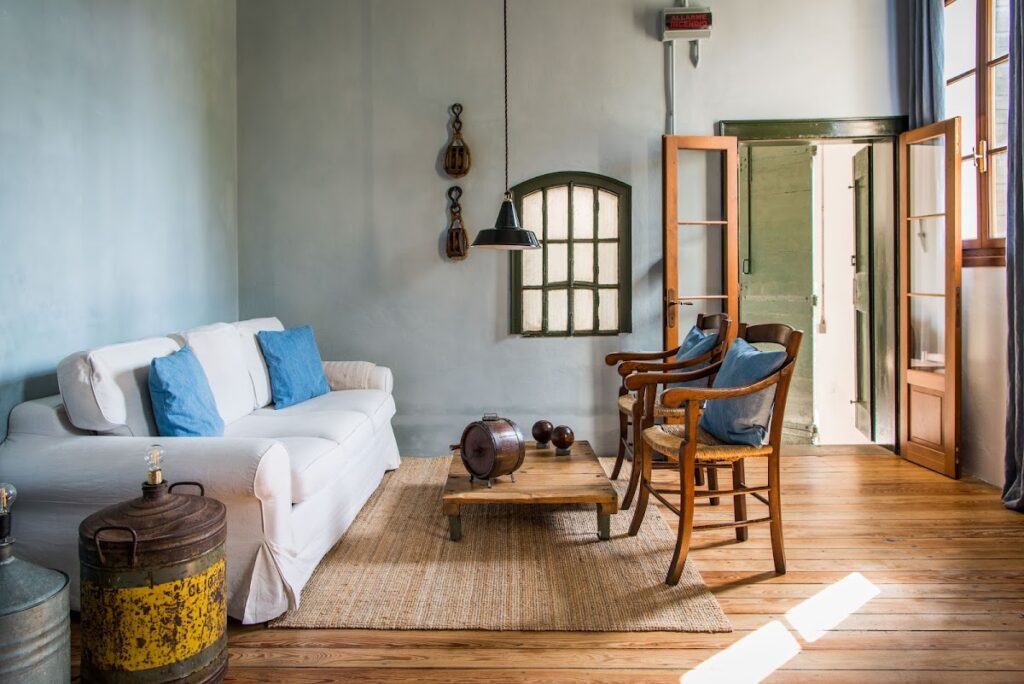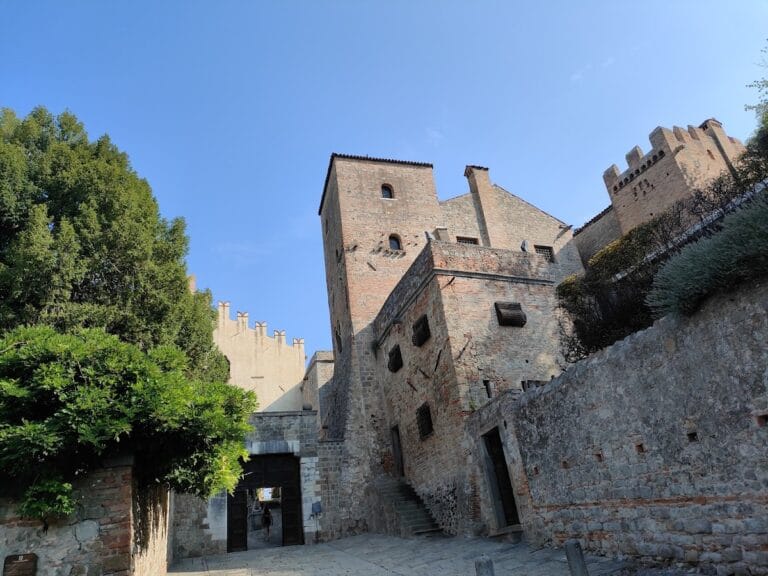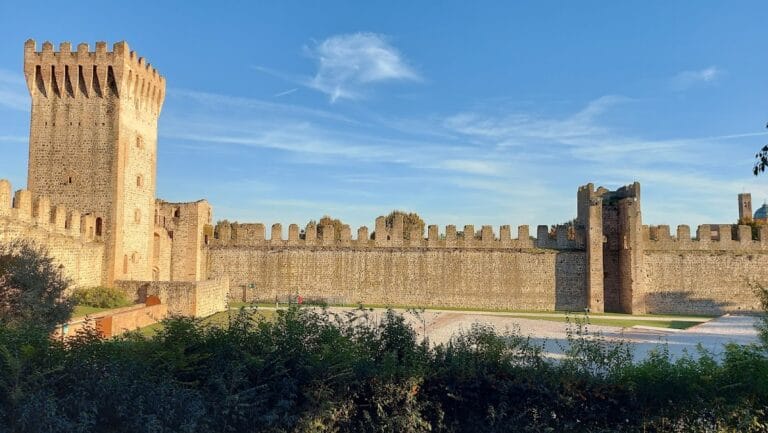Lispida Castle: A Historic Monastic Site and Estate in Monselice, Italy
Visitor Information
Google Rating: 4.5
Popularity: Low
Google Maps: View on Google Maps
Official Website: www.lispida.com
Country: Italy
Civilization: Unclassified
Remains: Military
History
Lispida Castle is located in the municipality of Monselice, Italy. Its origins trace back to a monastic settlement established by Augustinian canons during the medieval period. The site was initially known as the Monastery of Santa Maria di Lispida, firmly documented from the mid-12th century.
The earliest recorded mention dates to 1150 when Pope Eugene III issued a papal bull confirming the presence of Augustinian canons and granting them land on Monte Lispida in return for an annual tribute. This abbey held significant religious importance and was repeatedly supported and reformed by successive popes, including Honorius III, Gregory IX, and Urban IV. These papal interventions often addressed the community’s poverty and defended the monastery against external claims on its resources.
From the mid-13th century, the original Augustinian canons gave way to a Benedictine female community which remained for approximately two centuries. However, the 14th century introduced a period of decline for the monastery, due in part to nearby wars and internal challenges. In the 15th century, the Benedictine nuns were expelled due to allegations of misconduct and poor living conditions. Following their departure, the site passed through a series of contested ownerships and administrative disputes, reflecting ongoing instability until the late 1400s.
The 16th and 17th centuries marked a revival for the monastery. Extensive renovations were undertaken, and the property expanded into a prosperous agricultural and quarrying estate. The extraction of trachyte stone from Monte Lispida became a central economic activity, supplying materials for important regional construction projects such as the city walls of Padua and the Basilica of Santa Giustina. The monastery closely managed quarry operations, labor conditions, and resource distribution during this flourishing phase.
In 1780, the religious community at Lispida was formally dissolved. Ownership passed to the Corinaldi family, who transformed the former monastery into a villa and working estate. During the First World War, the property served as the headquarters for King Vittorio Emanuele III and was subsequently known by the name Villa Italia. In the 20th century, the estate returned to viticulture and gradually developed into a venue for hospitality, maintaining its agricultural heritage alongside new functions.
Remains
The present complex, now known as Castello di Lispida, centers on a rectangular main villa of two stories. The ground floor is constructed from rustic ashlar masonry, characterized by round-arched openings, including portals and bifora windows—these are windows divided into two sections by small columns—topped by circular openings called oculi. The upper floor features pointed-arch biforas, all capped by distinctive Ghibelline merlons, which are battlement-style notches shaped like swallowtails, supported by blind arches built into the wall. This combination of features contributes to the building’s castle-like appearance.
Flanking the main villa are two square towers. One tower has chamfered corners that create an octagonal form at the top, while the other is connected to rustic annexes. A two-story orthogonal wing incorporates a double-arched loggia, an open-sided gallery typically supported by columns, adding both functional and aesthetic elements to the structure.
Some medieval masonry remains are preserved within the towers closest to the villa, indicating that portions of the building date back to the 13th century. These older elements coexist with significant expansions carried out in the 17th century, reflecting the site’s long developmental history.
Historically, the monastery’s landholdings were extensive. In the late 14th century, records show ownership of roughly 190 fields, comprising vineyards, olive groves, and cultivated plots spanning Monte Lispida and surrounding areas. A notable feature of the estate was a lake situated at the hill’s base, which also fell under monastic control.
Monte Lispida itself was home to quarries that had been exploited since at least the 11th and 12th centuries and intensified their output from the 15th century onward. These quarries produced two types of trachyte stone: large blocks used primarily for maritime defensive structures and smaller, skillfully worked stones suitable for construction and decorative purposes. The quarrying methods involved cutting from the top down using wooden wedges and mallets, then levering stones free with picks and levers. Initial rough shaping was performed on site by expert stonecutters before transport.
The quarries were conveniently located near a canal known as the “canal de Arqua,” which allowed stones to be moved by cart to waterways connected to Venice, facilitating their use in significant Venetian fortifications. The monastery exercised strict control over the quarry operations, including rulings on workers’ possessions and conduct, demonstrating the community’s authoritative management of the site’s economic resources.

